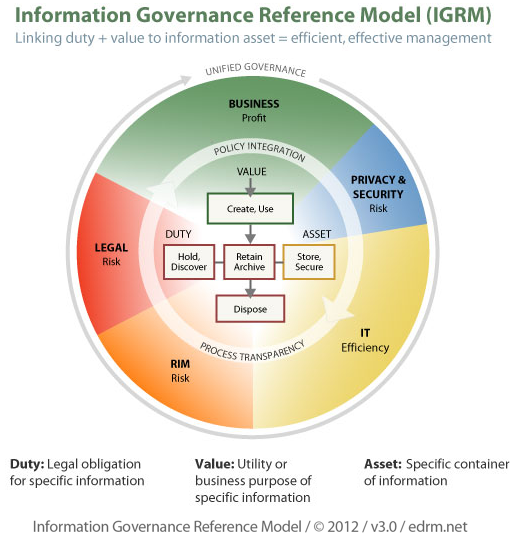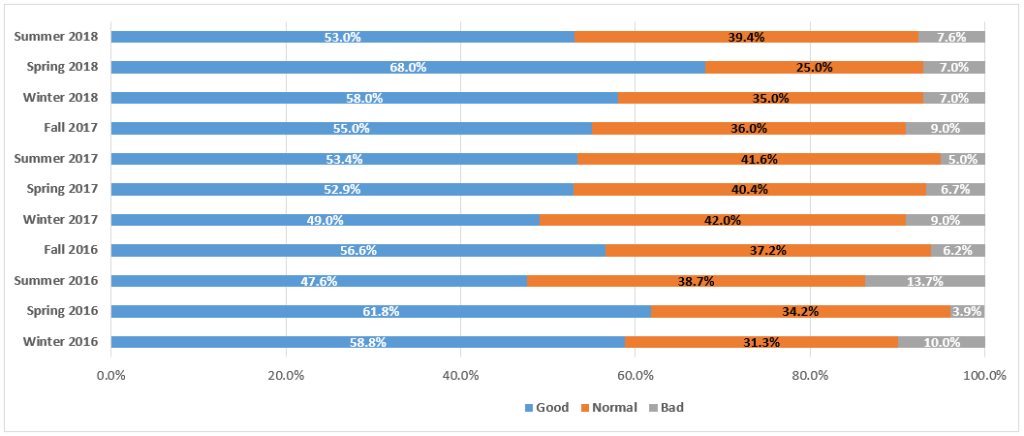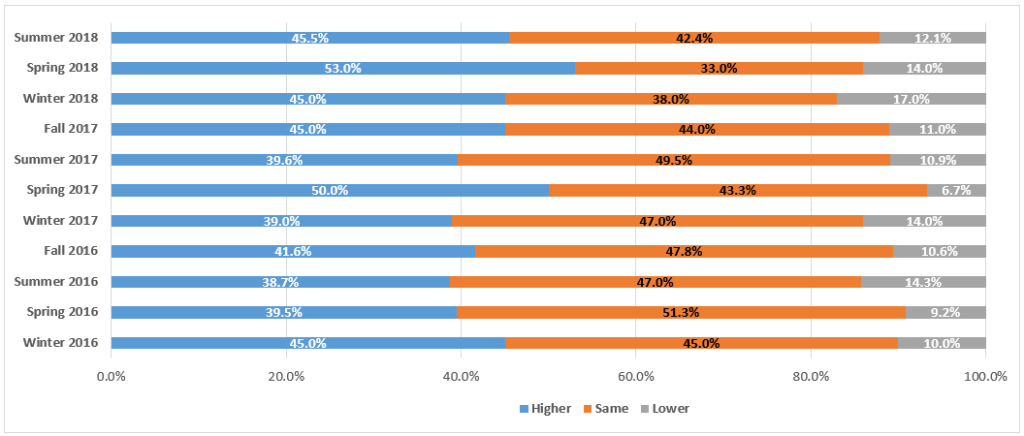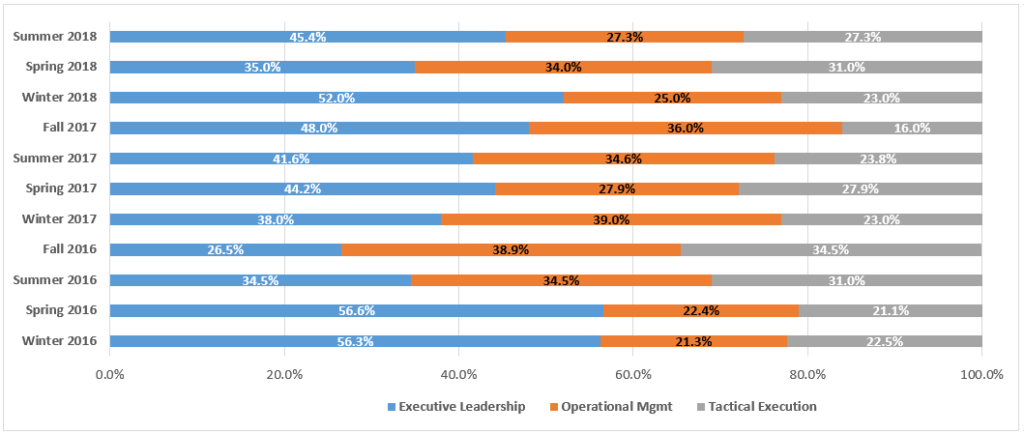The Sedona Conference Has Created New Principles on Defensible Disposition: eDiscovery Best Practices
It’s timely that we are currently running Tom O’Connor’s paper on Information Governance (first two parts here and here, more to come tomorrow and next week) because The Sedona Conference® (TSC) has just published a paper on defensible disposition, which is a significant component of any good Information Governance program.
On Tuesday, TSC and its Working Group 1 on Electronic Document Retention & Production (WG1) announced the publication of the Public Comment Version of The Sedona Conference Principles and Commentary on Defensible Disposition. While updating the 2014 Commentary on Information Governance, WG1 recognized there was a need to provide guidance to organizations and counsel on the adequate and proper disposition of information that is no longer subject to a legal hold and has exceeded the applicable legal, regulatory, and business retention requirements.
The Commentary is introduced by reciting Principle 6 of The Sedona Conference Commentary on Information Governance, which provides the following guidance to organizations:
The effective, timely, and consistent disposal of physical and electronic information that no longer needs to be retained should be a core component of any Information Governance program.
Despite this advice, and similar advice from other sources, many organizations continue to struggle with making and executing effective disposition decisions. That struggle is often caused by many factors, including the incorrect belief that organizations will be forced to “defend” their disposition actions if they later become involved in litigation.
As a result, this Commentary attempts to address these three factors and provide guidance to organizations, and the professionals who counsel organizations, on developing and implementing an effective disposition program. As is the case with any “Principles” guide from the TSC, the core of this guide are its three principles, as follows:
- PRINCIPLE 1. Absent a legal retention or preservation obligation, organizations may dispose of their information.
- PRINCIPLE 2. When designing and implementing an information disposition program, organizations should identify and manage the risks of over-retention.
- PRINCIPLE 3. Disposition should be based on Information Governance policies that reflect and harmonize with an organization’s information, technological capabilities, and objectives.
Each principle includes two or more “comments” that provide additional guidance regarding defensible disposition best practices (you could call them “sub-principles”) and the guide concludes with a section on “Information Disposition Challenges” which addresses considerations such as unstructured information, mergers and acquisitions, departed, separated or former employees (here’s a blog post we did covering that subject), shared file sites, personally identifiable information (“PII”), regulations, cultural change and training and parties such as law firms, eDiscovery vendors (who us?), adversaries, in-house legal departments and data “hoarders” (you know who you are).
The Commentary weighs in at a tidy 34 page PDF file, so it’s an easy read.
The Sedona Conference Principles and Commentary on Defensible Disposition is open for public comment through October 10, 2018. As always, questions and comments regarding the Commentary may be sent to comments@sedonaconference.org and the drafting team will carefully consider all comments received and determine what edits are appropriate for the final version. You can download a free copy here.
So, what do you think? Does your organization struggle with defensible disposition of information? Please share any comments you might have or if you’d like to know more about a particular topic.

Sponsor: This blog is sponsored by CloudNine, which is a data and legal discovery technology company with proven expertise in simplifying and automating the discovery of data for audits, investigations, and litigation. Used by legal and business customers worldwide including more than 50 of the top 250 Am Law firms and many of the world’s leading corporations, CloudNine’s eDiscovery automation software and services help customers gain insight and intelligence on electronic data.
Disclaimer: The views represented herein are exclusively the views of the author, and do not necessarily represent the views held by CloudNine. eDiscovery Daily is made available by CloudNine solely for educational purposes to provide general information about general eDiscovery principles and not to provide specific legal advice applicable to any particular circumstance. eDiscovery Daily should not be used as a substitute for competent legal advice from a lawyer you have retained and who has agreed to represent you.















